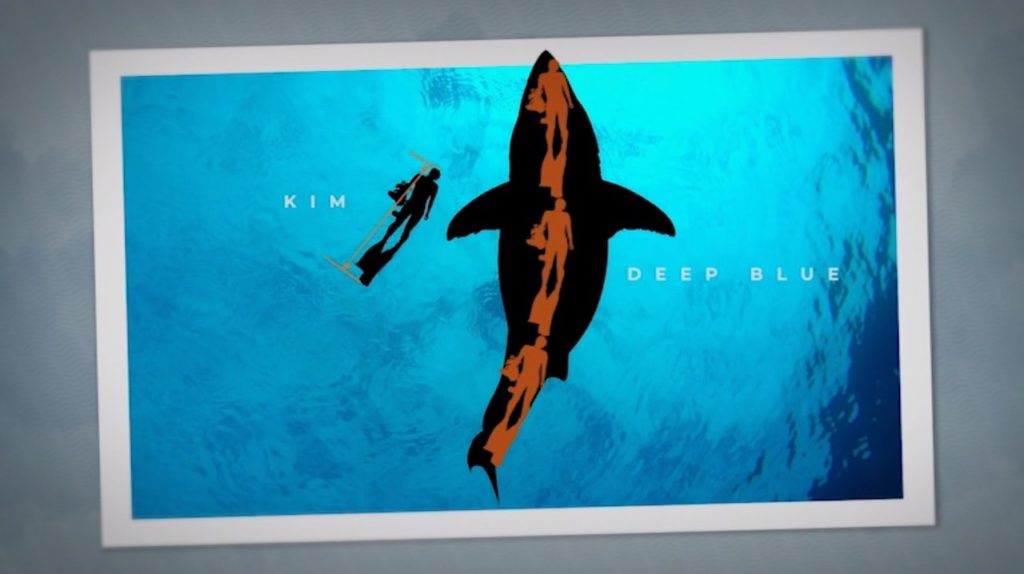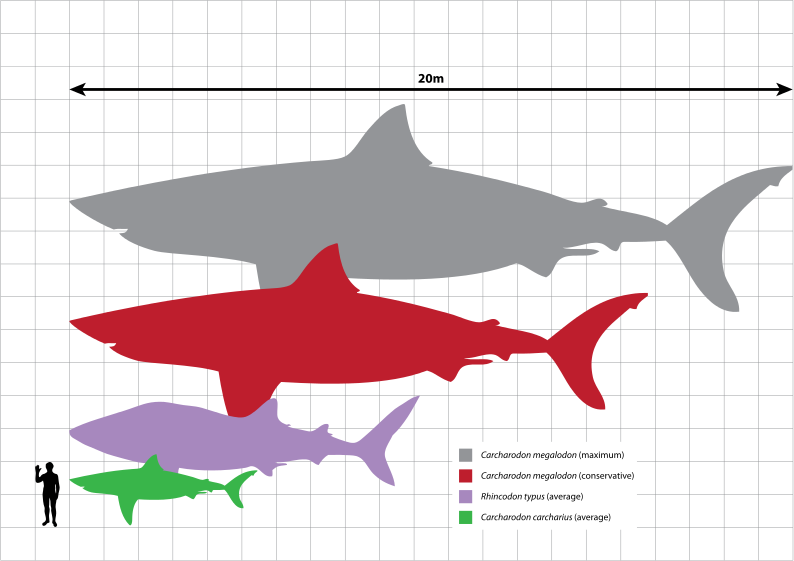

They’re fairly productive and their litter sizes are estimated to be around 300. This shark from the North Pacific feeds on bottom animals. Pacific Sleeper Shark (Somniosus pacificus) 14.4 feet / 4.4 m You can help great white sharks by not purchasing great white jaws or items made from their fins.10. The great white shark is listed as vulnerable by the IUCN Red List, but it is on the cusp of being labeled endangered due to overfishing. They live in the upper part of the ocean, towards the surface, and close to the shore, where sunlight shines through and prey is available. Great whites spend their time in temperate waters all over the world, although they have been known to make brief trips into colder water in the north. Female sharks are thought to give birth once every couple years, but even that is uncertain. Females mature even later, between 14 and 16 years of age. Male great whites reach maturity at 9-10 years of age. In general, the mother gives birth to a litter of two to ten pups, each of which average 1.5 m (5 ft.) in length. The newly-hatched shark pups feed on unfertilized eggs in the womb as they develop before being born. What is known is that after mating the female develops several eggs which hatch in her womb. Not much is known about the mating habits of great white sharks. Their jaws and fins are sold for considerable amounts of money. They are sometimes caught by accident in fishing nets or intentionally sought out by sport fisherman. The only other risk to the great white shark is human interaction.

Only orcas and larger sharks can pose a risk. The great white is at the top of the food chain and has few threats in the ocean. As they grow larger, they feed more exclusively on marine mammals, such as sea lions, seals and small whales. When great white sharks are young, they feed on smaller prey, like fish and rays. These sharp, serrated teeth can be devastating. As teeth fall out, they are rapidly replaced by those in the row behind them. They have several rows of teeth that can number into the thousands. Once they spot a target, they use a burst of speed to bump their prey while simultaneously biting it. They search for prey at the surface of the ocean while swimming below. Great whites use their speed and coloring to help them hunt. Great whites can reach speeds up to 24 km/hr (15 mph). They have strong, torpedo-shaped bodies and powerful tails that help them swim. This makes it difficult to see the sharks from below, with sunlight shining in around them. The belly, or ventral, part of the body, is white. This helps them blend in with the bottom of the ocean when viewed from above. Great white sharks are blue-gray on the dorsal, or top, part of their bodies.

The great white shark averages 4.5 m (15 ft.) in length, but some have been recorded as large as 6 m (20 ft.) long! They generally weigh up to 2250 kg (5000 lb.). However, the size of the great white shark and its efficiency as a predator add to the perpetuation of this unnecessary fear. In reality, great white shark attacks on humans are rare – and it is even rarer for one of these attacks to be fatal.

Few creatures strike more fear in humans than the great white shark.


 0 kommentar(er)
0 kommentar(er)
